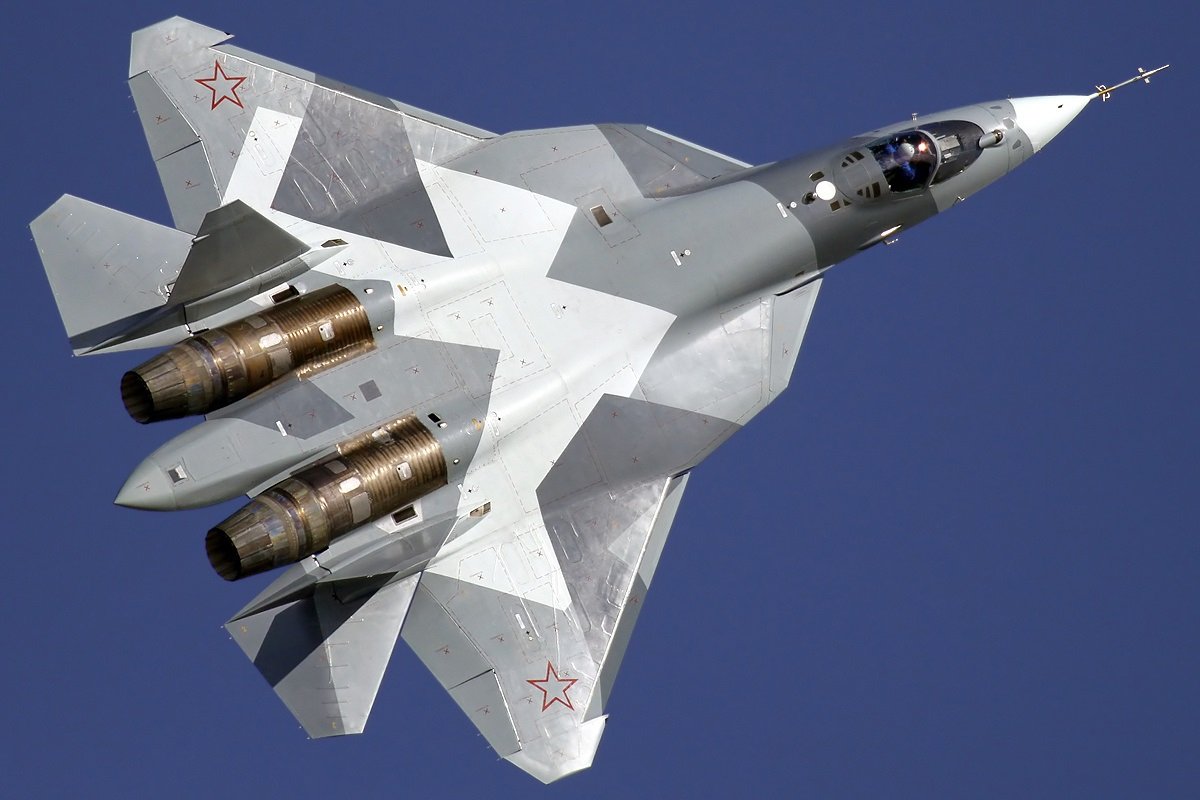Russian leaders thought their modernized air force would dominate the skies in their war with Ukraine. But the air force has executed its mission poorly, leaving Russia without the unfettered access it needs to handle military targets in the air and on the ground.
Vladimir Putin’s air force has been hobbled by bad tactics, a poor concept of combined air practices, and a lack of realistic training. The service branch is operating as best it can, but it has not been good enough. This failure has kept Russia from deploying the full force of its aerial powers. Its air force has the numbers – almost 4,000 aircraft with various military roles – but the forces engaged have not done the job.
It wasn’t supposed to be this way. The air force was expected to eliminate Ukrainian airplanes on the ground, take out its fighters, and bomb military targets into oblivion. It was even thought that the air force could help take Kyiv early. Yet two months into the war, Russia still has no edge in aerial combat.
False Confidence From Prior Experience
Russia easily bombed targets during conflicts in Syria, Georgia, and Chechnya. But Ukraine is different. In those earlier engagements, Russian aircraft simply had to fly to a target, drop or launch ordnance, and fly back to base. In Ukraine, Russian forces were expected to use electronic warfare and land-attack missiles to remove Ukrainian surface-to-air missiles and radar installations. This has not happened enough to help Russia’s aircraft accomplish their missions.
Retired pilots, air war experts, and think tank analysts struggle to understand Russia’s difficulties in the skies over Ukraine. But Phillips Payson O’Brien and Edward Stringer took to the pages of The Atlantic to describe what successful air forces do in warfare.
“Air forces are dependent on an array of technologies that require highly trained personnel who can quickly set up what amounts to an airborne military ecosystem: airborne radar stations to provide command and control, fighters to protect and police the skies, refueling aircraft to keep everyone full of gas, electronic-warfare planes to keep enemy defenses suppressed, and a range of intelligence-gatherers and attack aircraft to locate and destroy enemy forces,” according to the authors. Russia is certainly not checking all of those boxes.
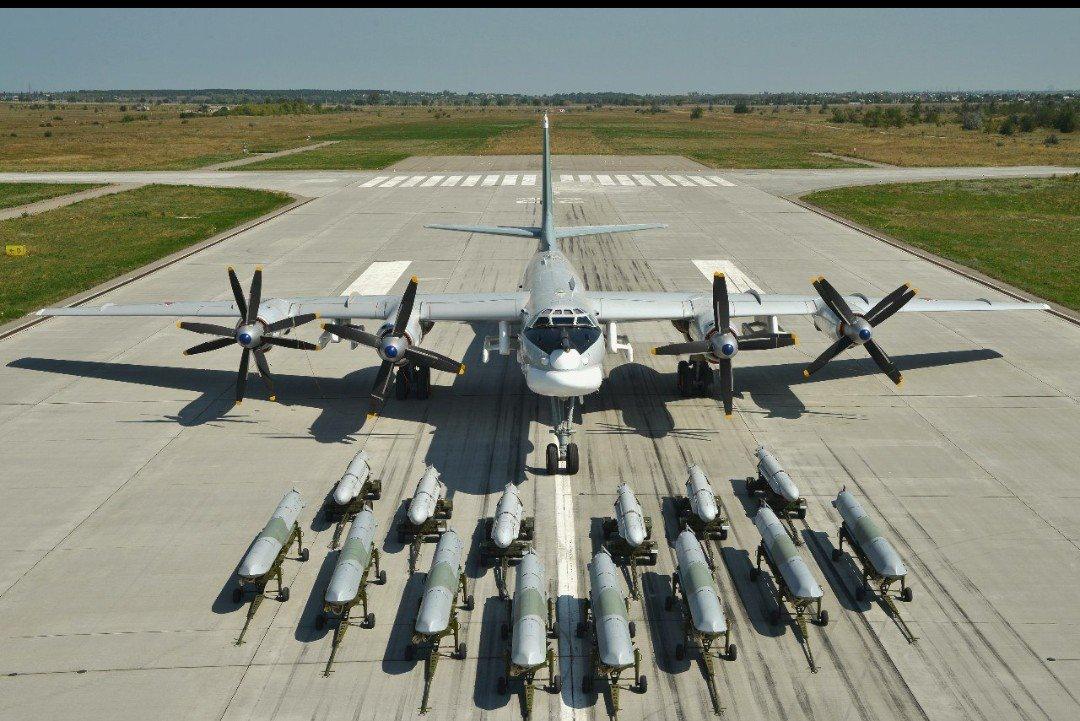
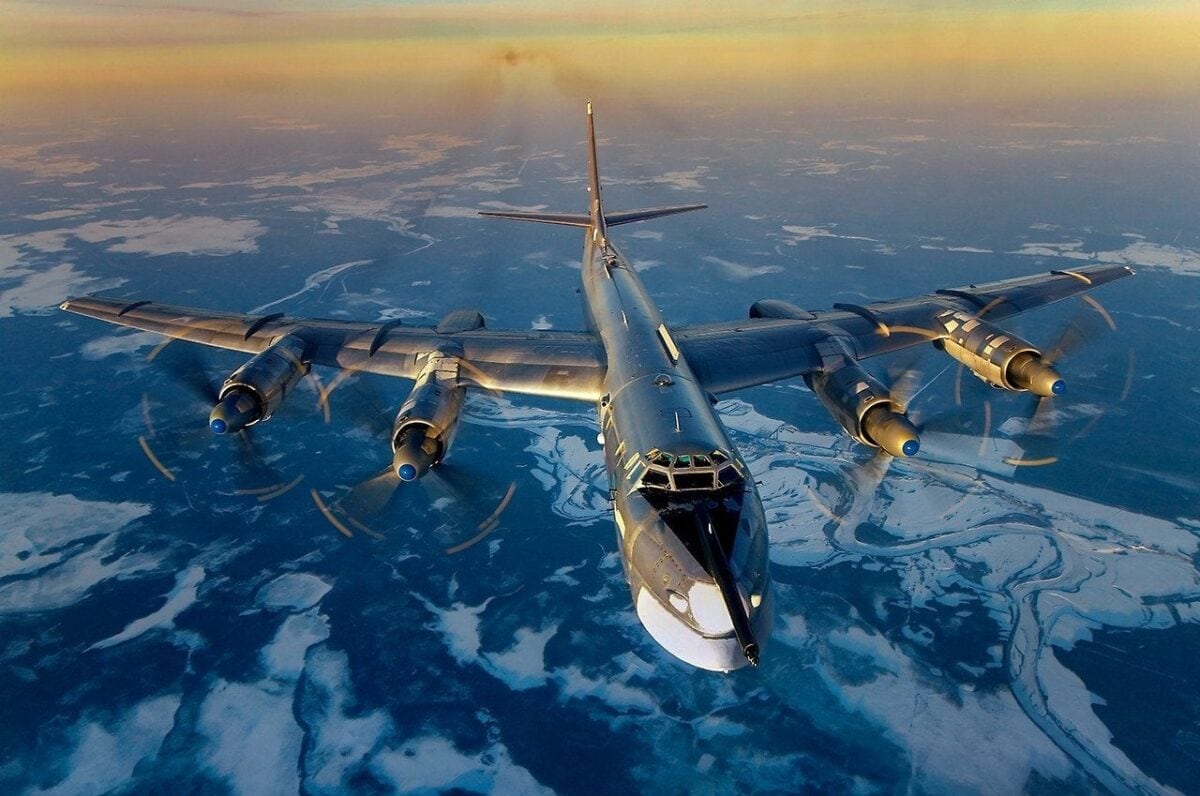
Image: Creative Commons.
The Ukrainians Are Executing Well
The enemy gets a vote in any conflict, and the Ukrainian air force has risen to the challenge. Air defenses on the ground, using surface-to-air systems such as the S-300 and Stinger MANPADs, have pulverized Russian aircraft. These defenses have been so effective that Moscow’s defense command has ordered its planes to fire land-attack missiles from Russian airspace in order to avoid danger.
Ukrainian drones are also making a difference. They provide targeting information, improve defenders’ situational awareness, and even destroy Russian helicopters as they land to deliver air-assault troops.
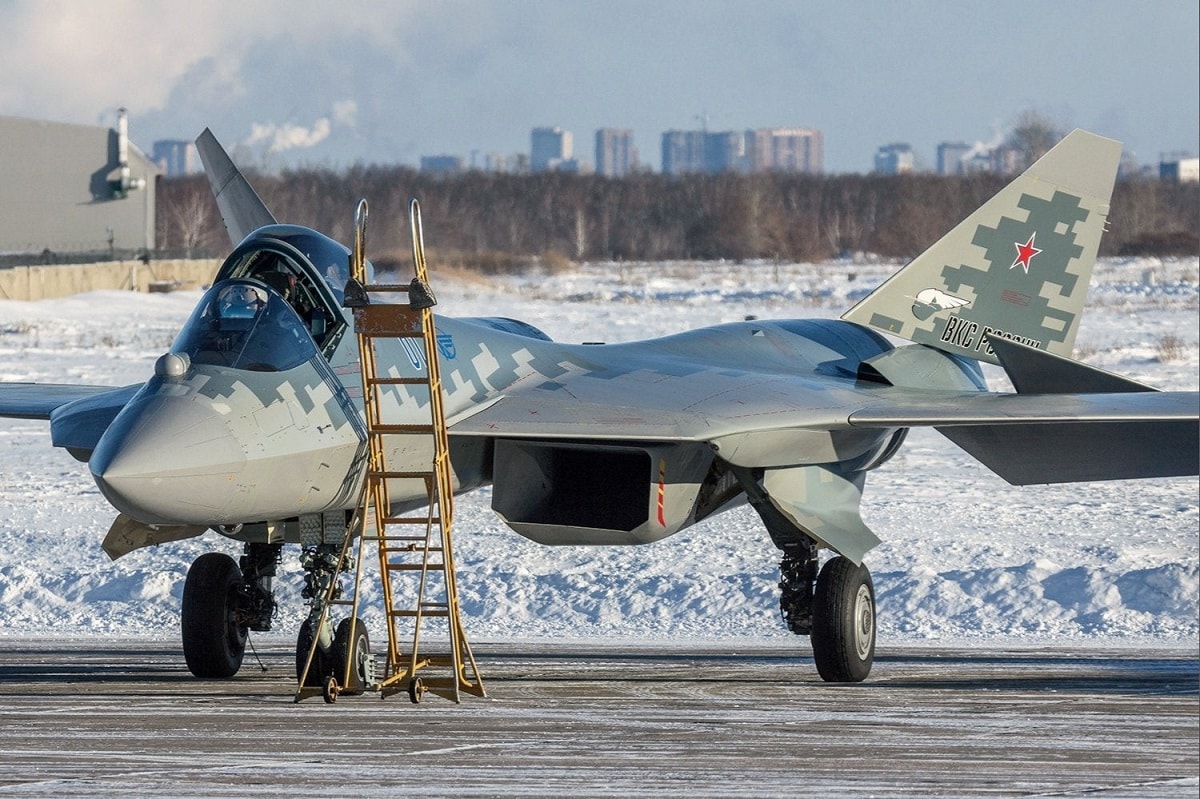
Su-57. Image Credit: Creative Commons.
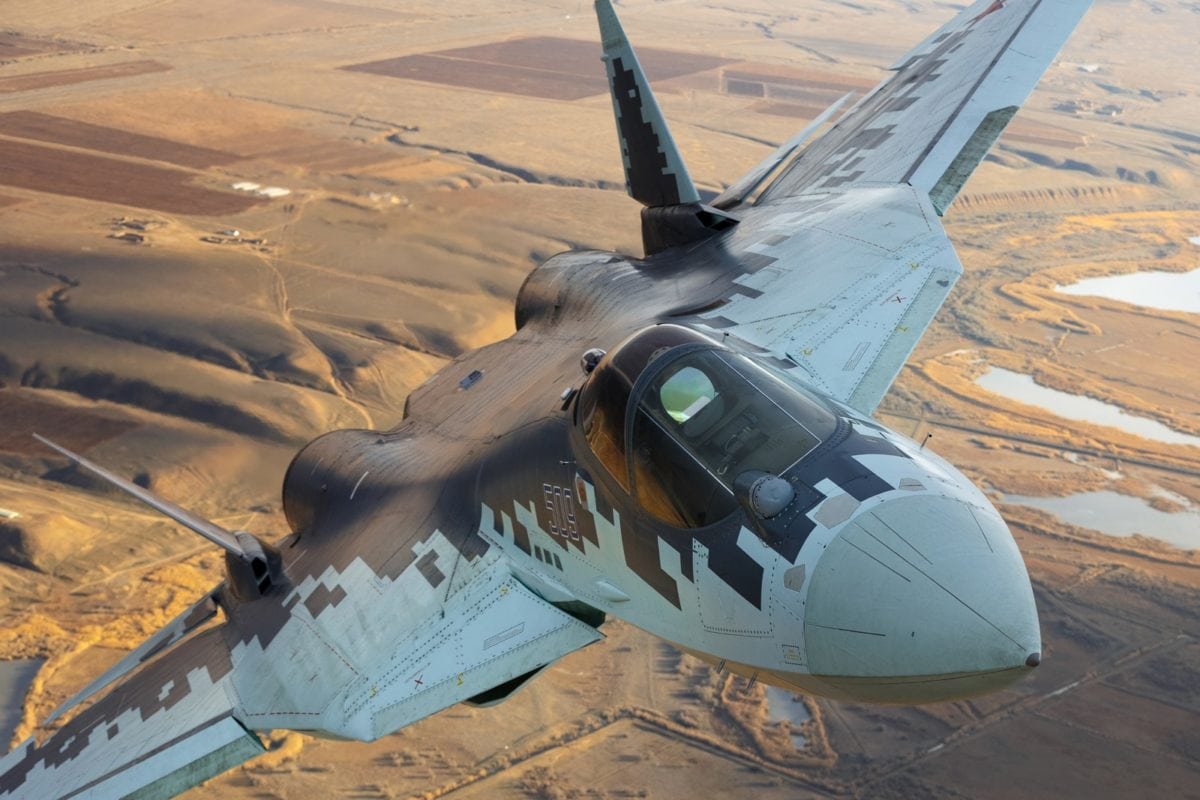
Image: Creative Commons.
Russia has a real problem to address. The air force has not done its job. It does not use combined air tactics to great effect. The concept of operations is too simple. Support personnel and aircraft don’t cooperate in a seamless manner. They were overconfident going in. Training and operations against inferior adversaries were insufficient to prepare personnel for the expertise of Ukrainian defenders. Junior pilots are not allowed to deviate from inflexible mission plans. These aviators were not well trained before the war. Now they just bomb Ukrainian cities and support troops on the ground – hardly a recipe to win the broader air war.
Now serving as 1945’s Defense and National Security Editor, Brent M. Eastwood, PhD, is the author of Humans, Machines, and Data: Future Trends in Warfare. He is an Emerging Threats expert and former U.S. Army Infantry officer. You can follow him on Twitter @BMEastwood.

